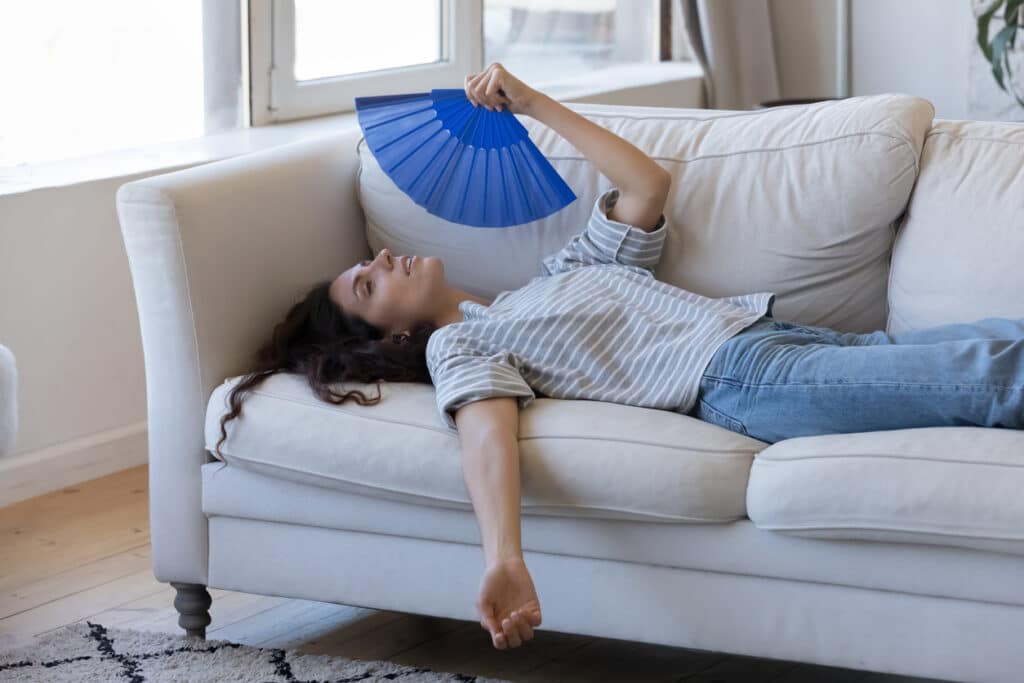Those who haven’t spent a summer in the greater Fort Worth area don’t know the true meaning of humidity. As temperatures rise, humidity levels often follow, and soon enough, there’s not much that can cut through that thick, muggy air aside from heading into your air conditioned.
But what if what you find indoors isn’t much better? High indoor humidity can make your home feel uncomfortable and can lead to a host of problems, including mold growth, structural damage, and even health issues. Understanding why your home has high humidity and learning how to manage it can improve your indoor environment significantly.

Causes of High Indoor Humidity
Poor Ventilation: Homes lacking proper ventilation can trap moist air indoors. Bathrooms, kitchens, and laundry rooms are especially prone to humidity buildup due to steam and moisture from showers, cooking, and washing.
Household Activities: Daily activities such as cooking, showering, and drying clothes indoors contribute significantly to indoor humidity levels. Even activities like breathing and indoor plants can add moisture to the air.
Water Leaks and Dampness: Leaky pipes and roofs can introduce moisture into your home. Water damage from heavy rainfall, if not properly addressed, can also lead to persistent humidity issues.
Inadequate Insulation: Poor insulation can allow humid air to infiltrate your home, particularly during warm weather. This can also cause condensation on walls and windows, adding to indoor moisture levels.
AC System Issues: An oversized, inefficient, or aging air conditioning system can struggle to maintain optimal humidity levels, typically between 30% and 50%.
Steps to Lower Indoor Humidity
Improve Ventilation: Ensure your home is well-ventilated, especially in moisture-prone areas like bathrooms and kitchens. Use exhaust fans to expel humid air outside and consider installing a whole-house ventilation system for consistent air circulation.
Use Dehumidifiers: Dehumidifiers are effective tools for extracting moisture from the air, making your home feel more comfortable. Place dehumidifiers in high-humidity areas.
Address Water Leaks: Fix any leaks or water damage promptly. Repair leaking pipes, roofs, and windows, and any other areas where water may enter.
Optimize Your AC System: Maintain your AC system regularly to ensure it operates efficiently. If your system is old or oversized, consider upgrading to a more efficient model designed to better regulate humidity levels.
Improve Insulation: Proper insulation can prevent outdoor humidity from entering your home and reduce condensation. Ensure windows, doors, and walls are well-insulated to maintain a comfortable indoor environment.
Monitor Indoor Humidity: Use a hygrometer to monitor indoor humidity levels, aiming to keep them between 30% and 50%. This range is comfortable for most people and helps prevent mold growth and other humidity-related issues.
High indoor humidity can be uncomfortable and damaging, but Optimum Air can help. From AC system maintenance and new system installation to a variety of indoor air quality solutions, we can help you can create a healthier, more comfortable living environment. Contact us today to learn more.